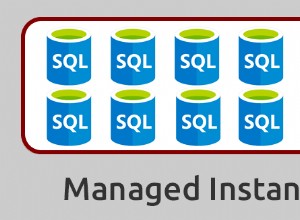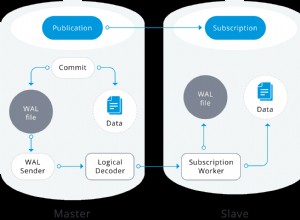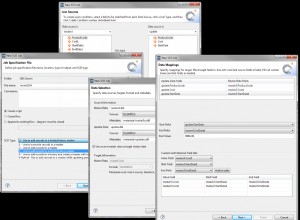Ci sono pezzi su come farlo in vari posti qui, ma non del tutto. Il modo per farlo è:
-
Crea un accesso e un utente univoci per ogni schema
-
Rendi questi utenti i proprietari di ogni schema diverso.
-
Imposta lo schema predefinito di ciascuno di questi utenti in modo che sia lo schema di cui è proprietario.
-
Usa la sintassi
EXECUTE ('sql commands') AS USER = 'schema-owner'per eseguire i comandi SQL nel contesto di quello schema predefinito.
Lo script seguente lo dimostra:
--====== Create the Login for the User:
CREATE LOGIN [UserTest1] WITH PASSWORD='whatever', DEFAULT_DATABASE=[TestUsers], DEFAULT_LANGUAGE=[us_english]
GO
--====== Make a User for the Login:
CREATE USER [UserTest1] FOR LOGIN [UserTest1]
GO
--====== Make a Schema owned by the User and default to it:
-- (I assume that you already have the schemas)
CREATE SCHEMA [UserTest1] AUTHORIZATION [UserTest1]
GO
ALTER USER [UserTest1] WITH DEFAULT_SCHEMA=[UserTest1]
GO
--====== Make a sProc in dbo
CREATE PROCEDURE [dbo].[TestSchema_Exec] AS
SELECT 'executing in schema [dbo]'
GO
--====== Make a similar sProc in New Schema
CREATE PROCEDURE [UserTest1].[TestSchema_Exec] AS
SELECT 'executing in schema [UserTest1]'
GO
--========= Demonstrate that we can switch Default Schemas:
EXEC('TestSchema_Exec')
EXEC('TestSchema_Exec') AS USER = 'UserTest1'




